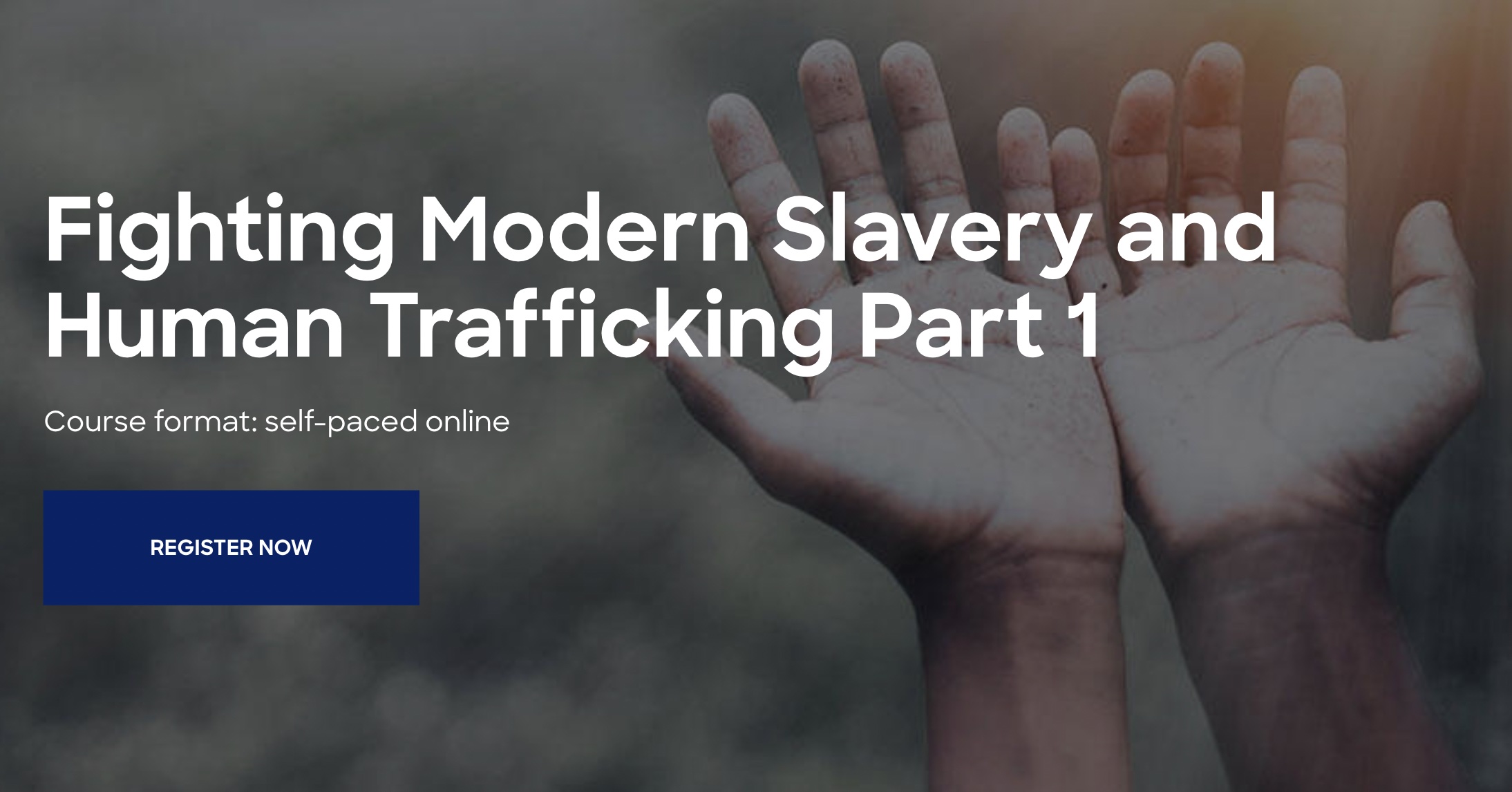Free Resources for Busy Parents and Educators Who Don’t Have as Much Time to Read and Surf as I Do
 What Is Covered in a Human Trafficking Course? by Kathleen Zara explains why at least one person in every school district should take such a course. Be sure to share it with leadership in your school district.
What Is Covered in a Human Trafficking Course? by Kathleen Zara explains why at least one person in every school district should take such a course. Be sure to share it with leadership in your school district.
Human trafficking has become an international issue that is gaining more attention yearly. On the international level, South and Central Asia was the region with the second-most trafficking victims in 2019. Businesses need to be aware of what it is and how to identify it. This article will discuss the different things covered in a human trafficking course.
1. The Definition
It is the recruitment, transportation, transfer, harboring, or receipt of persons using threat or use of force or other methods of coercion, abduction, fraud, deception, abuse of power or position of vulnerability, or giving payments or benefits to get the consent of a person having control over another person for exploitation.
Exploitation is prostitution or any other forms of sexual exploitation, forced labor or services, slavery or similar practices, and the removal of organs.
2. How to Identify Victims
The course will cover identifying potential victims of human trafficking and the signs that may indicate that someone is being trafficked. It includes looking for patterns of control, exploitation, and victimization.
It is essential to identify victims because they are often hidden in plain sight. They may be working in massage parlors, nail salons, or factories. They may be living in homes with many other people and not have any personal belongings. They may also be moved around frequently and have few close friends or family members.
If you see someone you think may be a victim of it, the best thing to do is reach out to organizations that can help, such as the National Human Trafficking Hotline. (888 373-7888) They can support victims and connect them with resources in their area.
3. The Different Forms That Human Trafficking Can Take
It is crucial to know the different forms that human trafficking can take to identify it. It can include sex trafficking, forced labor, organ trafficking, or domestic servitude. Sex trafficking happens when someone is forced or coerced into sexual activity. It can happen through force, fraud, or coercion. Victims of sex trafficking can be children or adults of either gender.
Forced labor is when someone is made to work against their will through force, fraud, or coercion. It can happen in many industries, such as agriculture, manufacturing, construction, and domestic work. Organ trafficking is when organs are removed from a person for transplantation.
4. What Businesses Can Do to Help Prevent and Report Instances
You can learn how to prevent it in your business and what to do if you witness or suspect it. This knowledge is critical for business owners, employees, and managers. You’ll also learn about the signs of trafficking and how to report it.
5. Due Diligence, Victims, and Perpetrators
The human trafficking course covers a variety of topics related to crime. These can include due diligence measures businesses can take to ensure they are not complicit in trafficking, how to identify victims of trafficking, and profiles of typical perpetrators. The goal of these courses is to help participants better understand the issue and try to prevent them.
Conclusion
Whether you are searching to start a career or want to learn more about human trafficking, taking a certified course is a great way to gain knowledge and skills. A comprehensive online course will identify victims, understand legal issues, and develop victim-centered responses.
Kathleen Zara
Kathleen works as a freelancer and entrepreneur working from a start-up learning along the way about marketing, social and networking, creating Web sites, and web content. @ACAMS_AML





